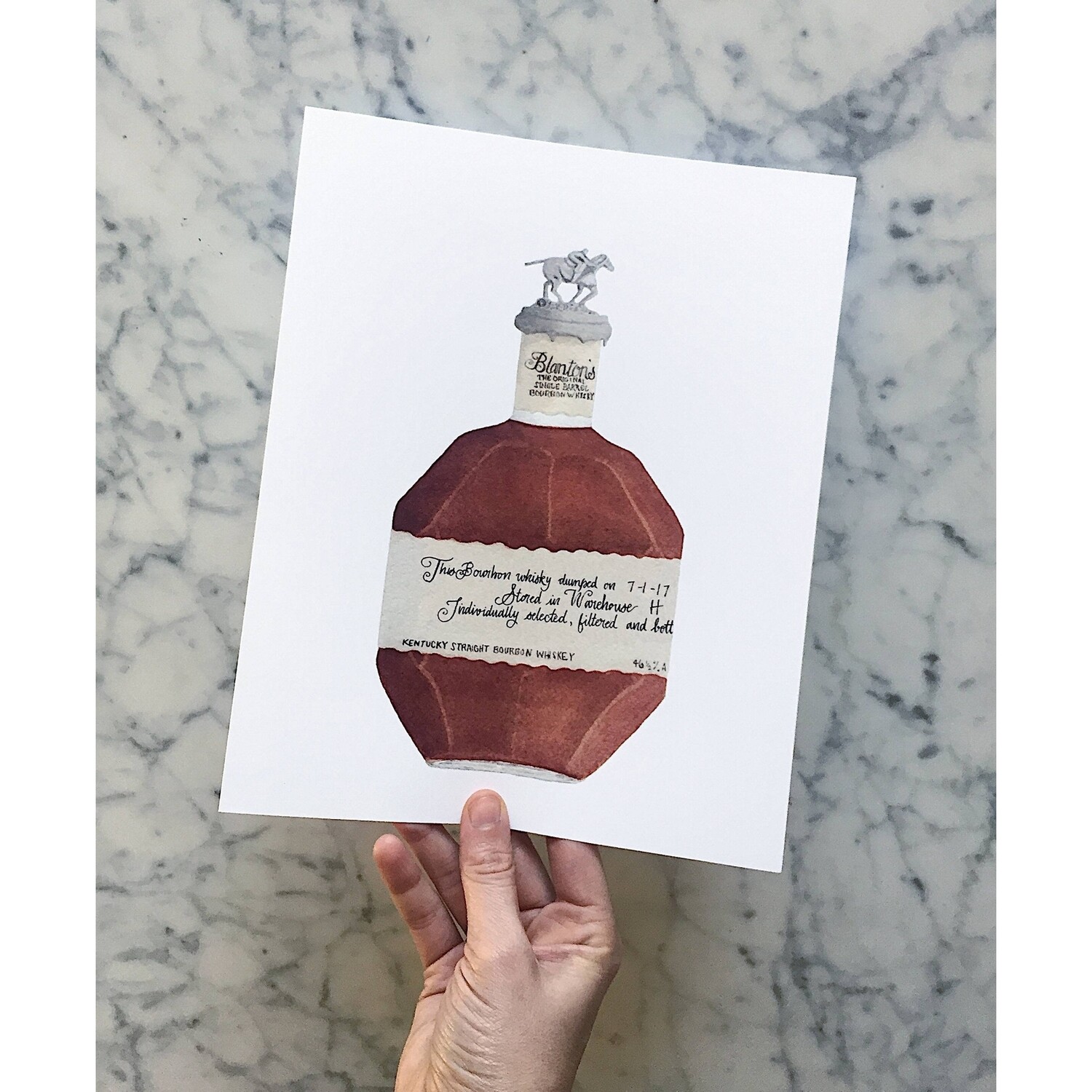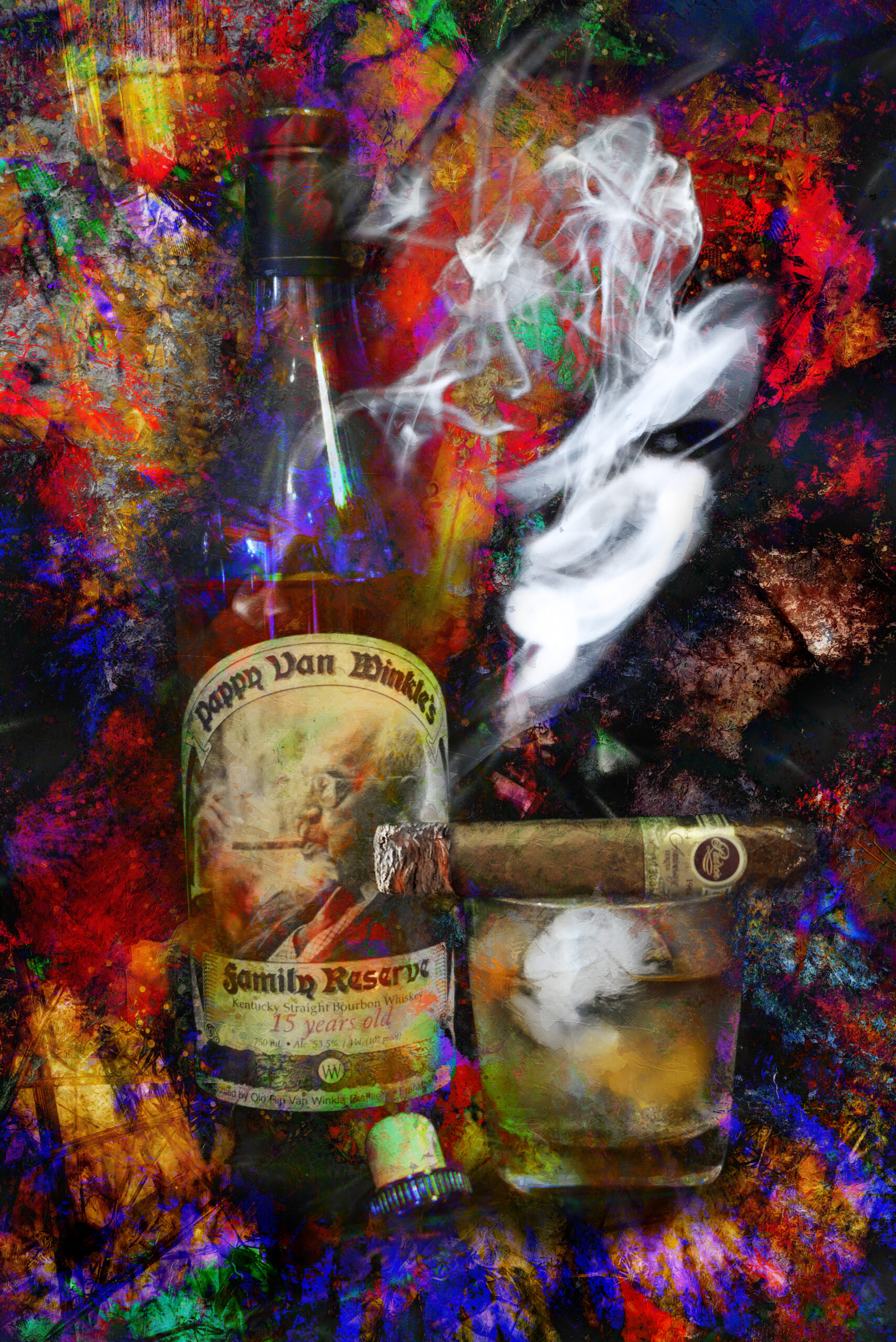Whiskey Art: Catching the Essence of Distillation in Every Brushstroke
Whiskey Art: Catching the Essence of Distillation in Every Brushstroke
Blog Article
The Significance of Whiskey Art in Celebrating Heritage and Craftsmanship in the Beverage Sector
The detailed partnership between whiskey art and the party of heritage and workmanship within the beverage market can not be overemphasized. With attentively created labels and bottles, scotch brand names envelop their historical origins and the artisanal abilities that define their manufacturing methods. This imaginative measurement not just enhances market appeal however likewise functions as an avenue for cultural narration, cultivating a much deeper link in between the craft and the customer. As we discover the various elements of this topic, interesting inquiries concerning the effect of modern trends on standard practices arise, motivating further examination.
The Historic Roots of Whiskey
At the heart of bourbon's attraction exists a rich tapestry of historical roots that trace back to old worlds. The beginnings of whiskey can be connected to the distillation practices of the Sumerians and Babylonians around 2000 BCE, where early types of fermented grain drinks started to arise. It was in the Center Ages that the art of distillation advanced dramatically, particularly in Ireland and Scotland, leading to the production of bourbon as we understand it today.
The term "bourbon" itself stems from the Gaelic word "uisce beatha," meaning "water of life." This expression underscores the social relevance of whiskey in Celtic cultures, where it was usually associated with rituals, parties, and communal bonding. By the 15th century, distillation became an acknowledged craft within reclusive neighborhoods, leading the way for the facility of lawful distilleries.
As profession routes increased, whiskey's appeal grew, going beyond regional limits and capturing the rate of interest of aficionados worldwide. Limited Edition. This historical journey reflects not only the craftsmanship behind scotch production but additionally its integral function in social and social contexts, marking it as a substantial drink throughout history
Artistic Expression in Branding
Scotch branding stands as a compelling crossway of creativity and commerce, where visual identity plays an important function in shaping consumer assumption. The aesthetics of bourbon labels, product packaging, and advertising products mirror not only the brand name's tale yet also its core worths and heritage. With imaginative expression, distilleries convey a narrative that reverberates with consumers, stimulating feelings and stimulating links.
Making use of color, typography, and images in branding offers to set apart products in a saturated market. For instance, conventional motifs might stimulate a sense of credibility and craftsmanship, while modern-day designs can indicate development and forward-thinking. This critical imaginative direction enhances brand name acknowledgment and loyalty, allowing customers to build a personal connection with the bourbon they pick.
Furthermore, artistic expression in branding often offers as a celebration of local heritage. Distilleries regularly include neighborhood symbols or historic references right into their layouts, creating a sense of place that invites customers to take part in a more comprehensive social experience. Ultimately, the creativity behind scotch branding not only improves visual charm yet also improves the general narrative of the brand name, fostering a much deeper appreciation for the craftsmanship and heritage embedded in each bottle.
Craftsmanship in Bottle Style
The virtuosity noticeable in bourbon branding prolongs past aesthetic identity to incorporate the craftsmanship associated with container design. Each container works as a vessel not just for the spirit within, but likewise for the story it tells about its custom, quality, and beginning. The layout process needs precise focus to detail, as elements such as product, form, and closure add substantially to the overall perception of the scotch.
Workmanship in bottle style entails choosing high-quality glass that can improve the bourbon's shade and clearness, while likewise offering a responsive experience for the consumer. The shape of the bottle have to be both aesthetically appealing and practical, typically reflecting the heritage of the brand name. Lots of distilleries decide for one-of-a-kind forms or printed logo designs that evoke a sense of authenticity and history.
Furthermore, the tag layout and typography play an essential function in connecting the brand name's story. Limited Edition. A well-crafted container not only mesmerizes the consumer's eye however additionally strengthens the brand name's commitment to quality and tradition. By doing this, the workmanship of container style ends up being a crucial aspect of the bourbon experience, combining artistry with a profound respect for heritage
Social Significance of Bourbon Art
Commemorating practice and workmanship, the social significance of whiskey art goes beyond plain looks, linking with the historic and social stories of the areas from which it stems. Each bottle acts as a canvas, illustrating the one-of-a-kind stories, mythology, and customs that have formed regional whiskey-making methods. The detailed layouts often reflect the heritage of the distillers, including signs and motifs that resonate with the society and worths of their communities.

Additionally, bourbon art plays a crucial duty in public gatherings and events, serving as a tangible web link in between individuals and their shared experiences. By valuing the creativity in bourbon product packaging, consumers grow a much deeper understanding and regard for the craft, inevitably improving their enjoyment of the beverage itself.
Modern Trends in Bourbon Presentation
In recent times, the presentation of whiskey has actually advanced to show modern preferences and trends while still recognizing traditional craftsmanship - Bourbon Art. Distilleries are increasingly concentrating on aesthetic elements that boost the overall alcohol consumption experience, bridging the void between heritage and modernity
Cutting-edge this container layouts have arised, usually including sustainable materials and creative tags that inform engaging tales. Lots of brands currently collaborate with local musicians, instilling their items with unique aesthetic expressions that reverberate with customers. Furthermore, limited-edition launches are usually packaged in collectible containers, including value and appeal for lovers.

Verdict
In final thought, whiskey art offers as a crucial conduit for expressing the heritage and workmanship fundamental in the beverage industry. Through detailed branding, ingenious bottle styles, and culturally significant creative elements, scotch brands efficiently recognize their customs and connect with consumers.


Craftsmanship in bottle style includes picking high-grade glass that can boost the bourbon's shade and clarity, while likewise supplying a tactile experience get redirected here for the customer. In this method, the craftsmanship of container design comes to be an essential facet of the scotch experience, combining artistry with a profound regard for heritage.
In conclusion, bourbon art serves as an essential avenue for expressing the heritage and workmanship fundamental in the drink sector.
Report this page